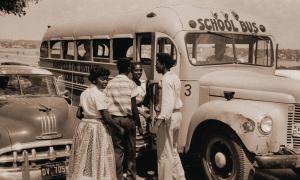professional development
Cross-Racial Understanding and Reduction of Racial Prejudice
Willis Hawley's review of research on the effects of racial and ethnic diversity in schools on racial understanding and student achievement.
May 5, 2011
